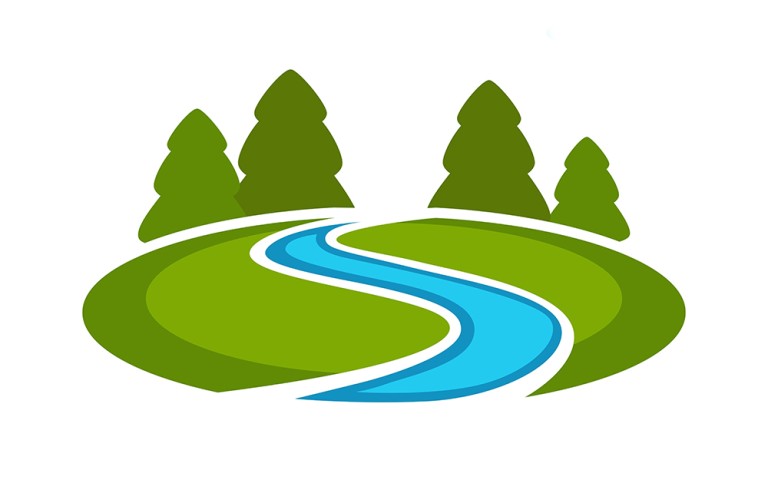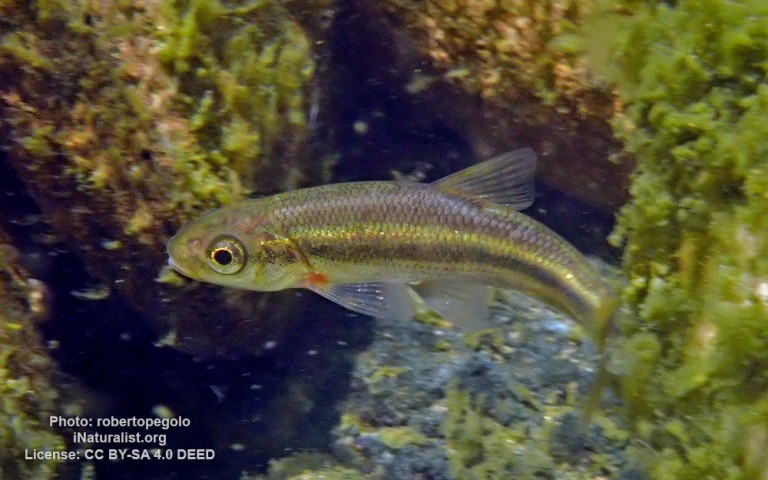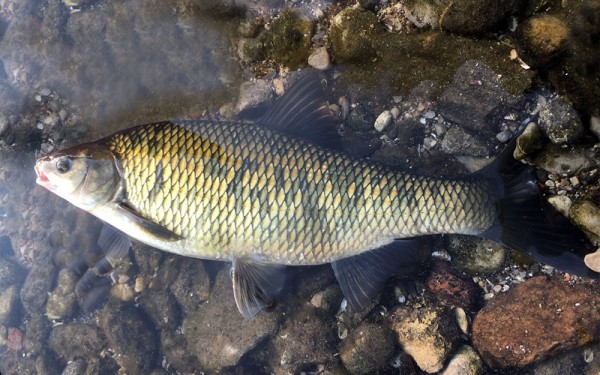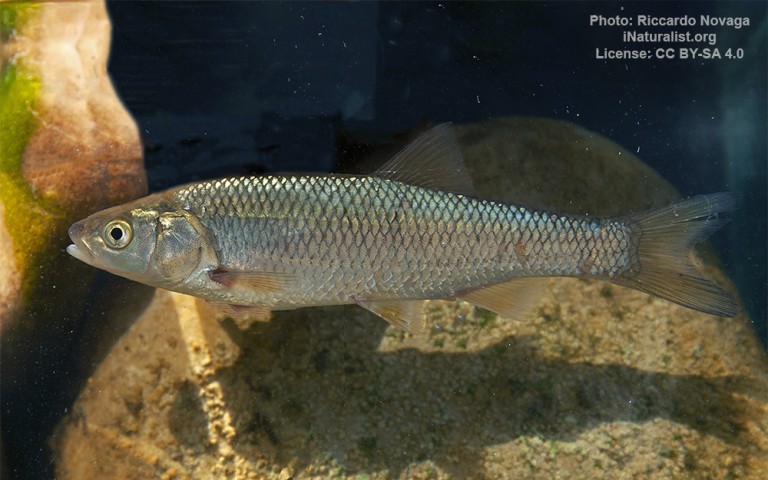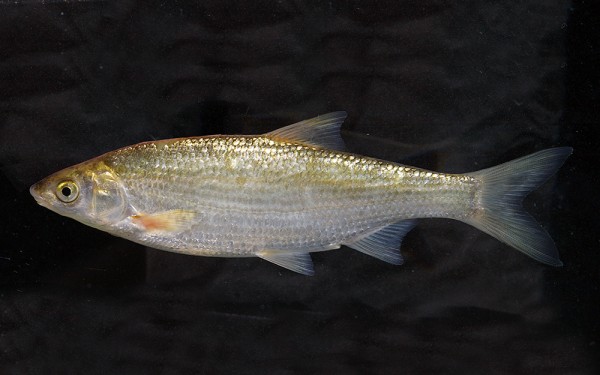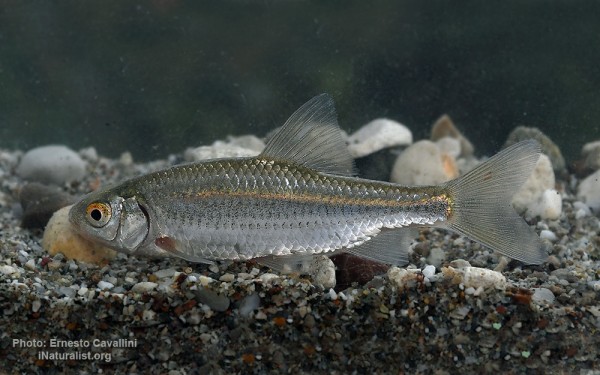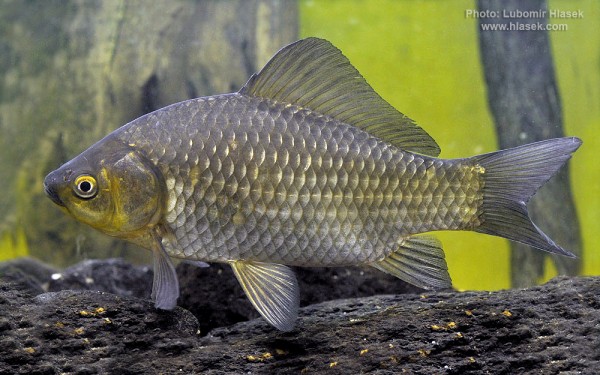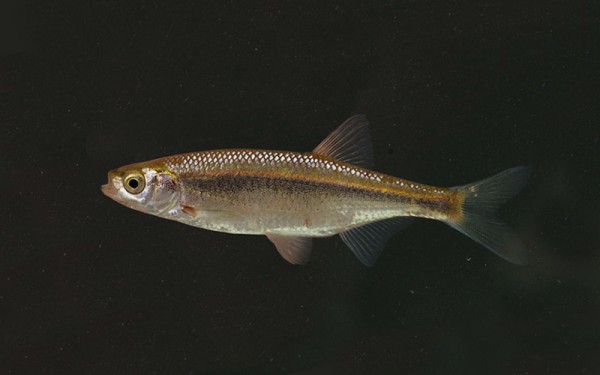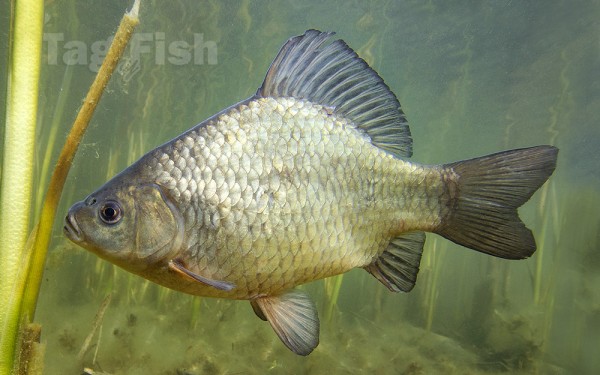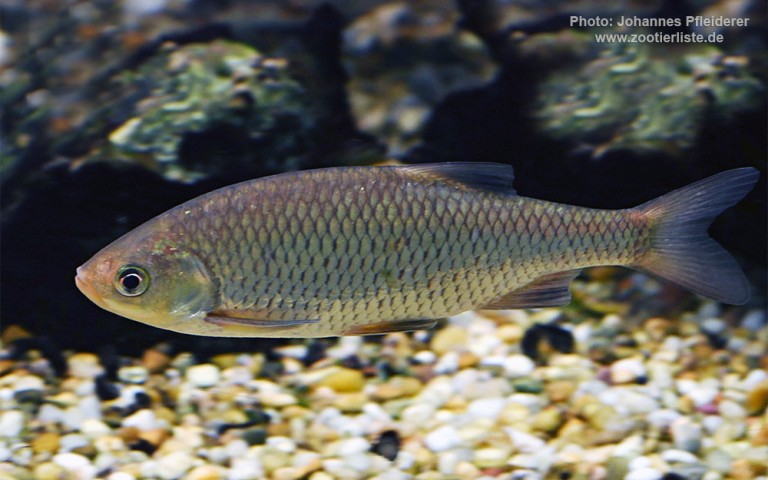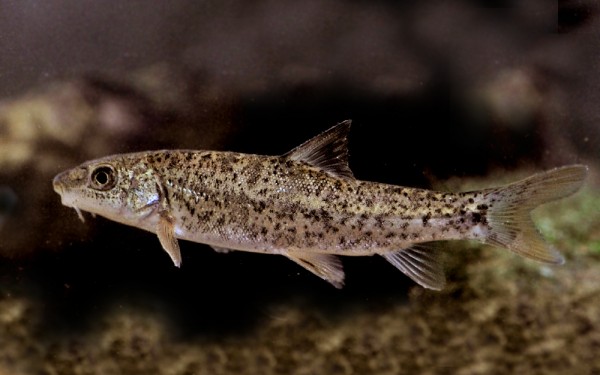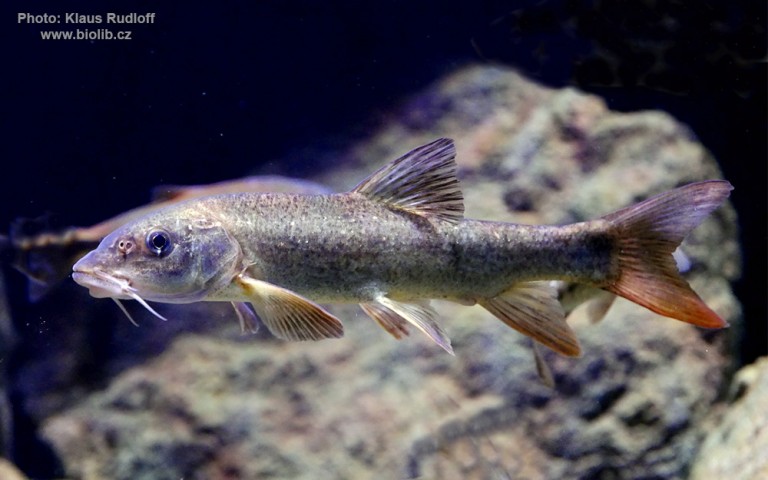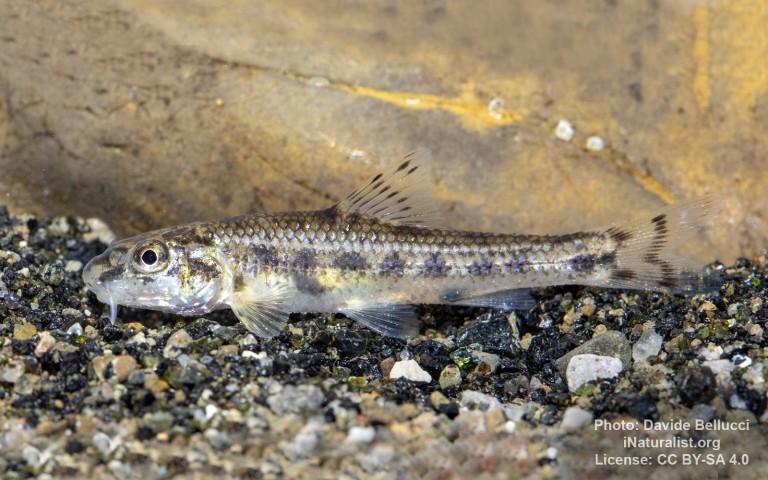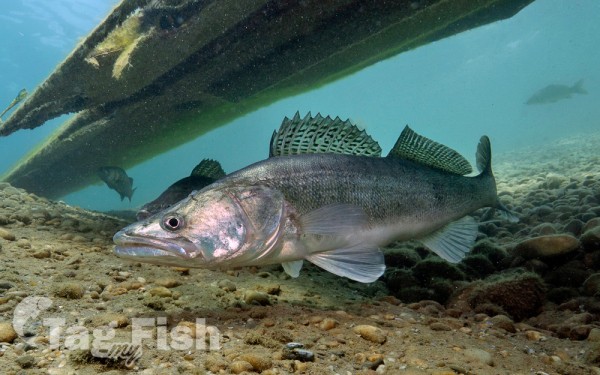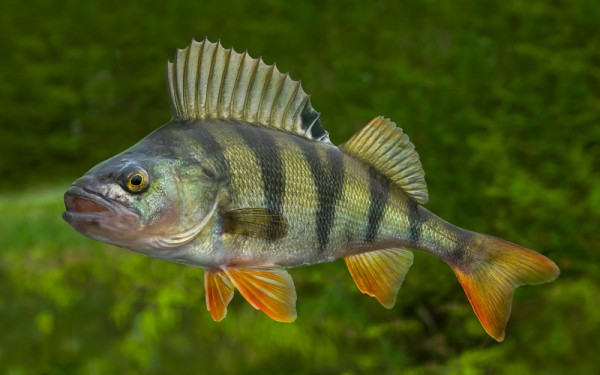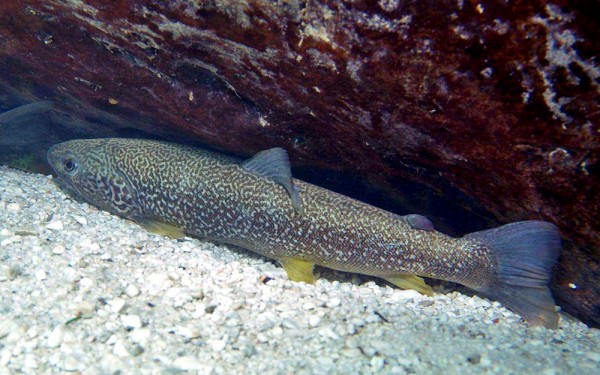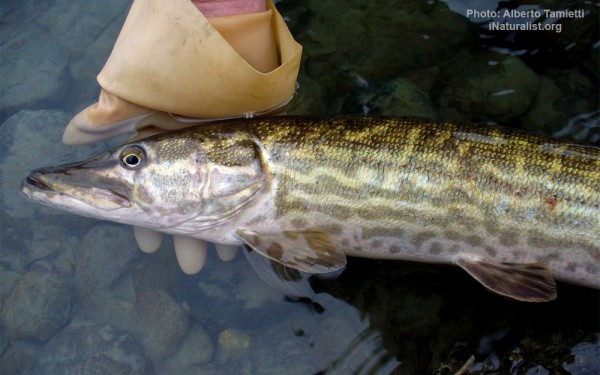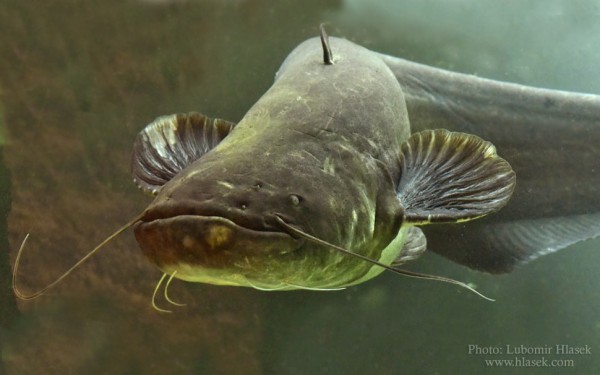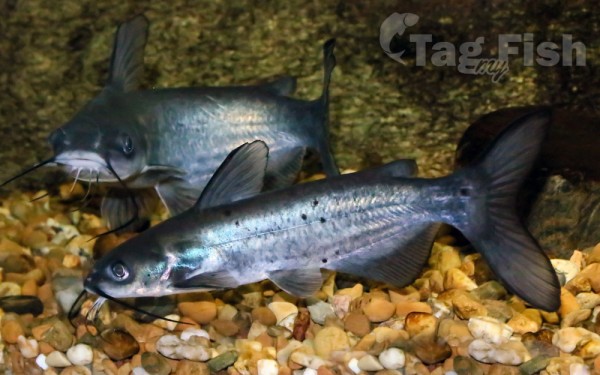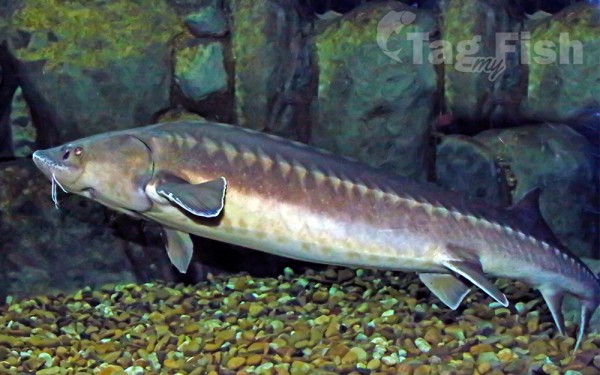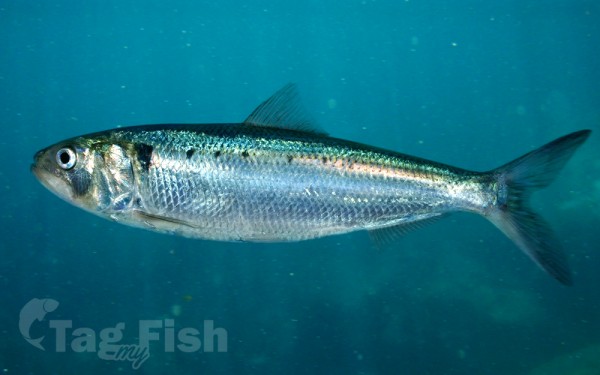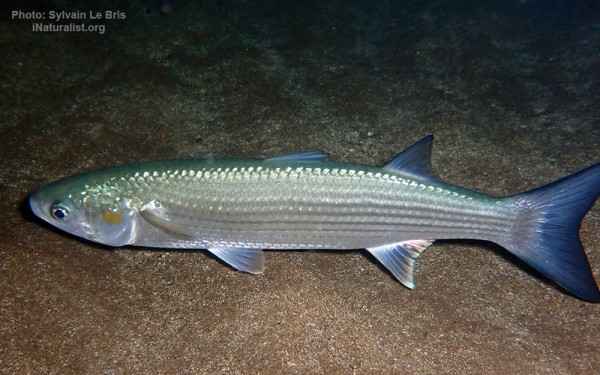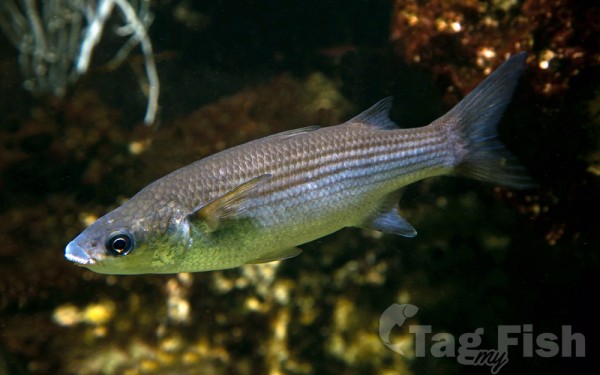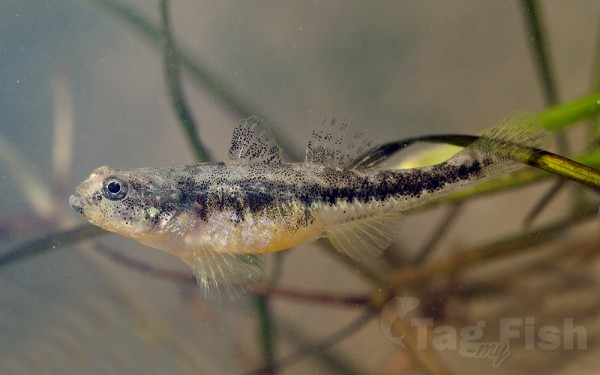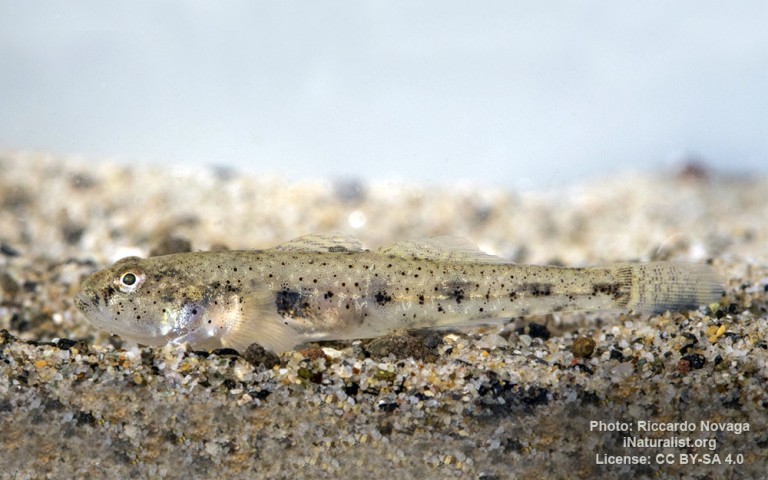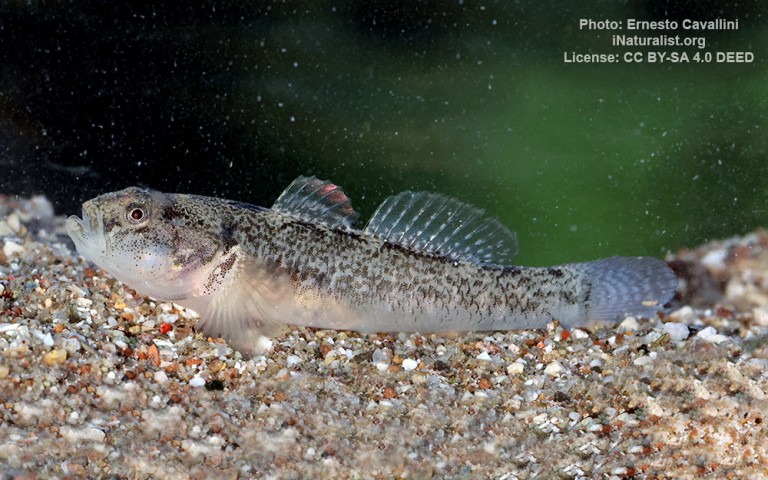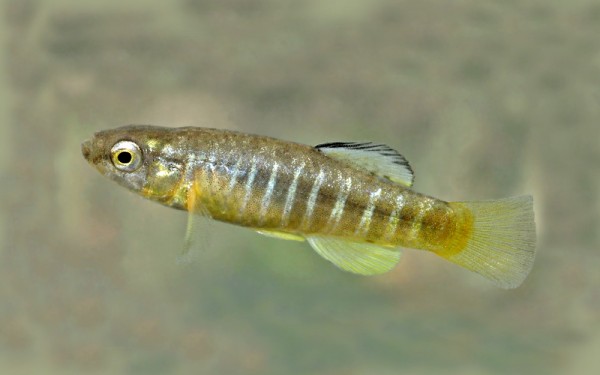Lake Como
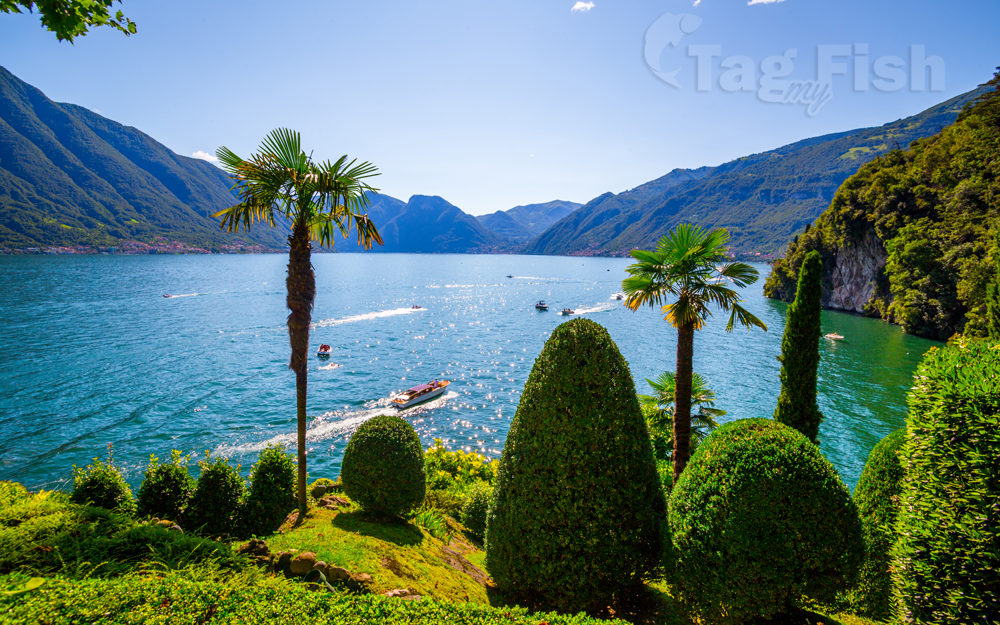
Largest tributaries
Cypriniformes - Carps
Cypriniformes - Carps
Perciformes - Perches
Salmoniformes - Salmons and Trouts
Esociformes - Pikes
Siluriformes - Catfishes
Acipenseriformes - Sturgeons and Paddlefish
Gadiformes - Cods
Clupeiformes - Herrings
Mugiliformes - Mullets
Blenniiformes - Blennies
Gobiiformes - Gobies
Cyprinodontiformes - Toothcarps
Cypriniformes - Carps
Perciformes - Perches
Salmoniformes - Salmons and Trouts
Esociformes - Pikes
Siluriformes - Catfishes
Acipenseriformes - Sturgeons and Paddlefish
Gadiformes - Cods
Clupeiformes - Herrings
Mugiliformes - Mullets
Blenniiformes - Blennies
Gobiiformes - Gobies
Cyprinodontiformes - Toothcarps
Lake Como, also known as Lario, is a lake of glacial origin in Lombardy, Italy. It has an area of 146 square kilometres (56 sq mi), making it the third-largest lake in Italy, after Lake Garda and Lake Maggiore. At over 400 metres (1,300 ft) deep, it is the fifth deepest lake in Europe, and the deepest outside Norway; the bottom of the lake is more than 200 metres (660 ft) below sea level.
Lake Como has been a popular retreat for aristocrats and wealthy people since Roman times and a very popular tourist attraction with many artistic and cultural gems. It has many villas and palaces such as Villa Olmo, Villa Serbelloni, and Villa Carlotta. Many famous people have had and have homes on the shores of Lake Como.
One of its particularities is its characteristic Y shape, which forms the so-called Larian Triangle, with the little town of Canzo as its capital.
In 2014, The Huffington Post called it the most beautiful lake in the world for its microclimate and environment with prestigious villas and villages.
